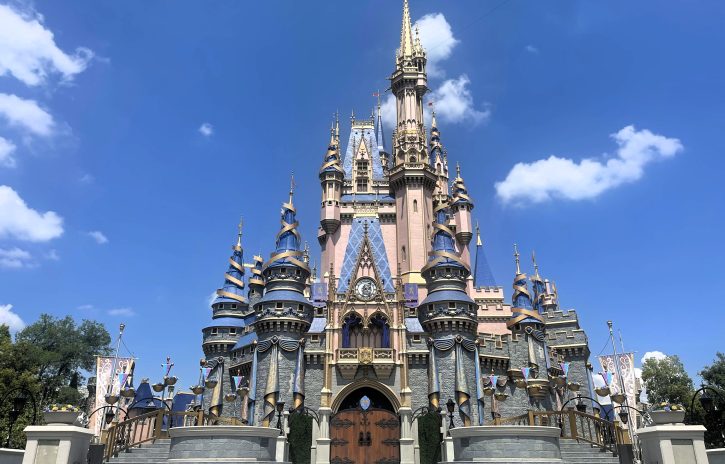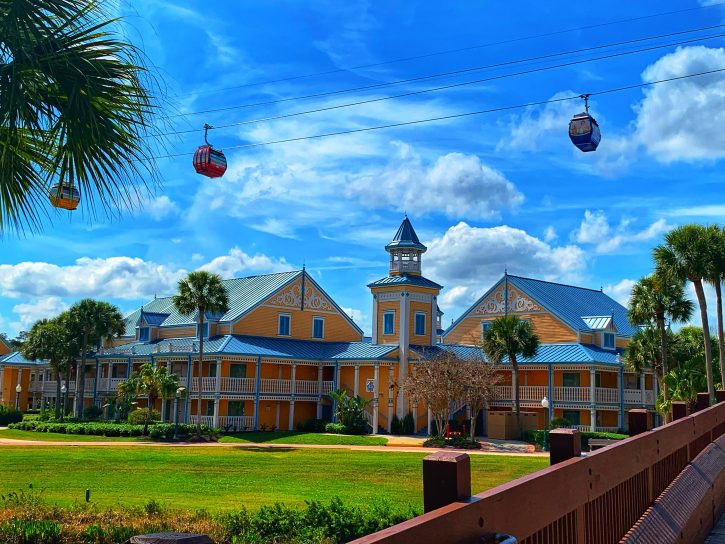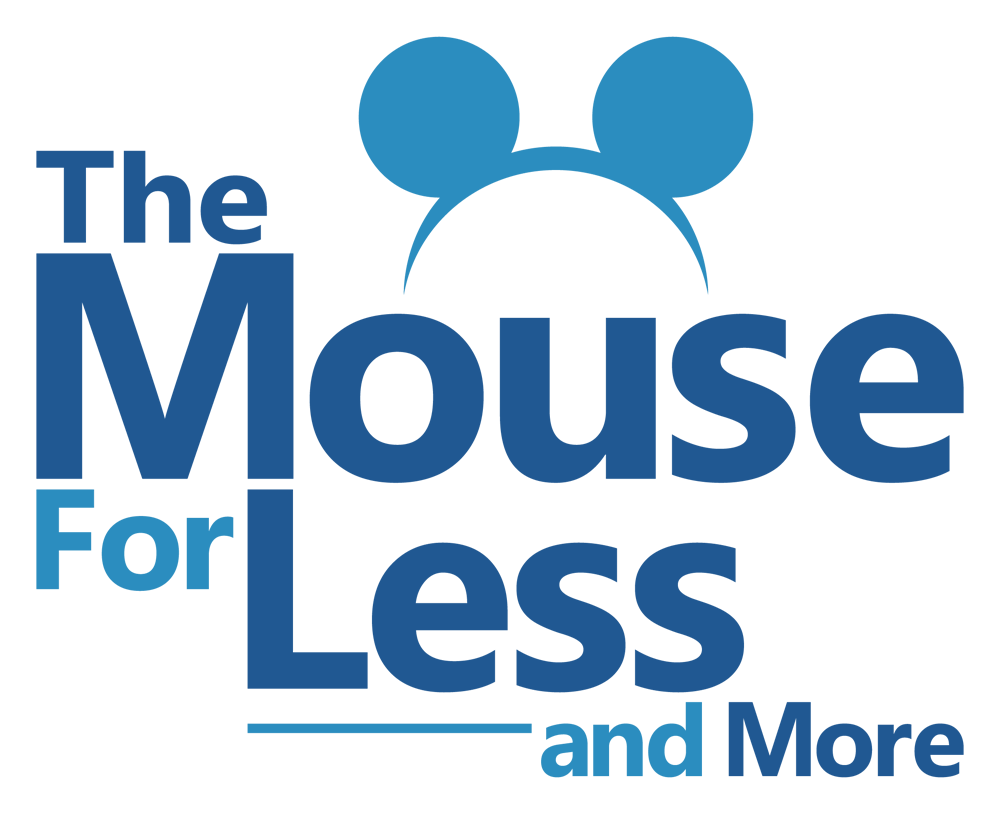
Planning your Vacation Dates Finding the Right Disney Package and resorts Discounts and money saving tips Booking your Disney Vacation Apps and Resources
Beyond hotels, tickets, and transportation, many details go into Walt Disney World vacation planning. When starting your Walt Disney World vacation planning, choosing dates, planning around annual events, and even thinking about the average weather conditions can all factor into the process.
There are also enhancements to your plans that you need to consider. Disney has introduced many pre-trip planning options. Guests can register on My Disney Experience and receive Magic Bands, and even purchase a Memory Maker package that offers unlimited Photopass digital photos.
For the most up to date information about policies, procedures and adjustments visit our Know Before You Go page.
Planning Your Vacation Dates
Choosing Walt Disney World Vacation Dates
How to Use the Disney Park Pass Theme Park Reservation System
Disney Date Planning Calculator
Annual and Seasonal Walt Disney World Events
Orlando Weather
Best Times to Visit Walt Disney World Based on the Weather
2025 Crowd Calendar
Sunrise and Sunset Information
Planning a First Trip to Walt Disney World
Walt Disney World Holiday Planning
Finding the Right Disney Package and Resort

2025 Disney Resort Hotel Packages
2026 Disney Resort Hotel Packages
Where to Stay for your Walt Disney World Vacation
Discounted Walt Disney World Packages
Walt Disney World Resort Hotels
Disney Springs Hotels
Swan & Dolphin Hotel Packages
Travel Insurance
Stay Fit on your Disney Vacation
Pet Accommodations at Walt Disney World
Discounts & Money Saving Tips for your Vacation
Disney Discount Codes and Offers
Walt Disney World Bounceback Offers
Money Saving Options for Multiple Trips
Disney Visa Discounts
Annual Passholder Discounts
Taming the Disney Souvenir Budget
Tips To Save For Your Disney Vacation
Top 10 Ways to Save Money on Dining at Walt Disney World
Best Disney Dining Plan Quick Service Restaurants
Top 10 Ways to Save Money at a Walt Disney World Resort
Top 25 Ways to Save At Walt Disney World
Top 10 Free Things for Kids to Do at Walt Disney World
Top Budget Friendly (And a Few Splurge) Romantic Disney Dates
Free Stuff at Walt Disney World Parks
Walt Disney World Activities That Don’t Require a Ticket
Reserving and Booking your Disney Vacation

The Magic For Less Travel ![]()
Benefits of Using an Authorized Disney Vacation Planner
Transfer Your Reservation to The Magic for Less Travel
Disney Technology and Apps other resources
Mobile Options for Trip Planning and Touring
Top 10 Disney Guide Books
Virtual Queue Guide


